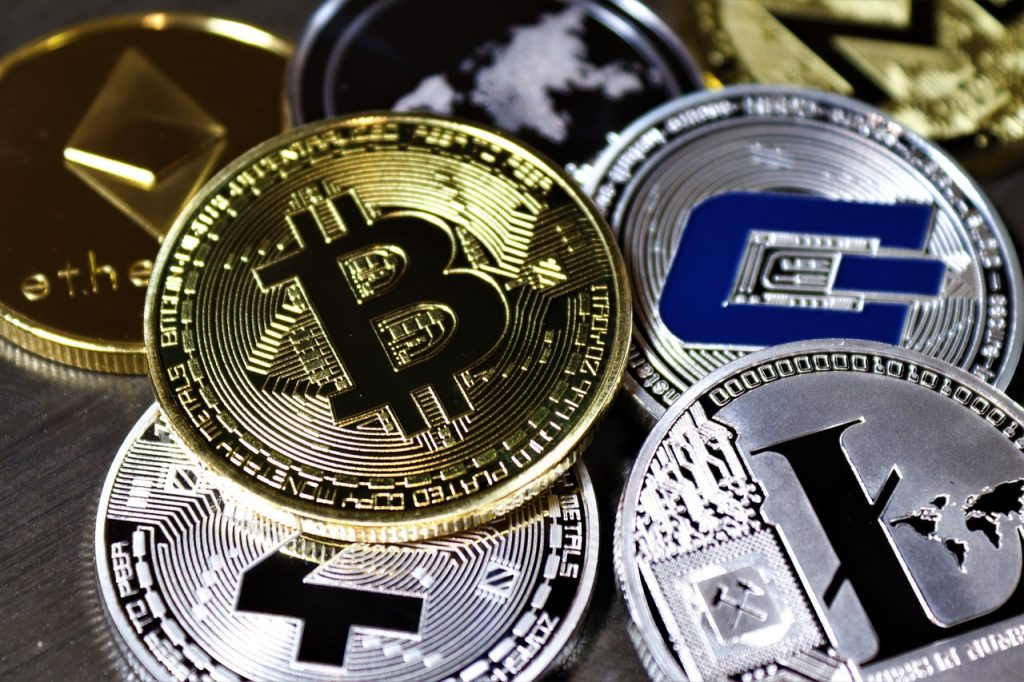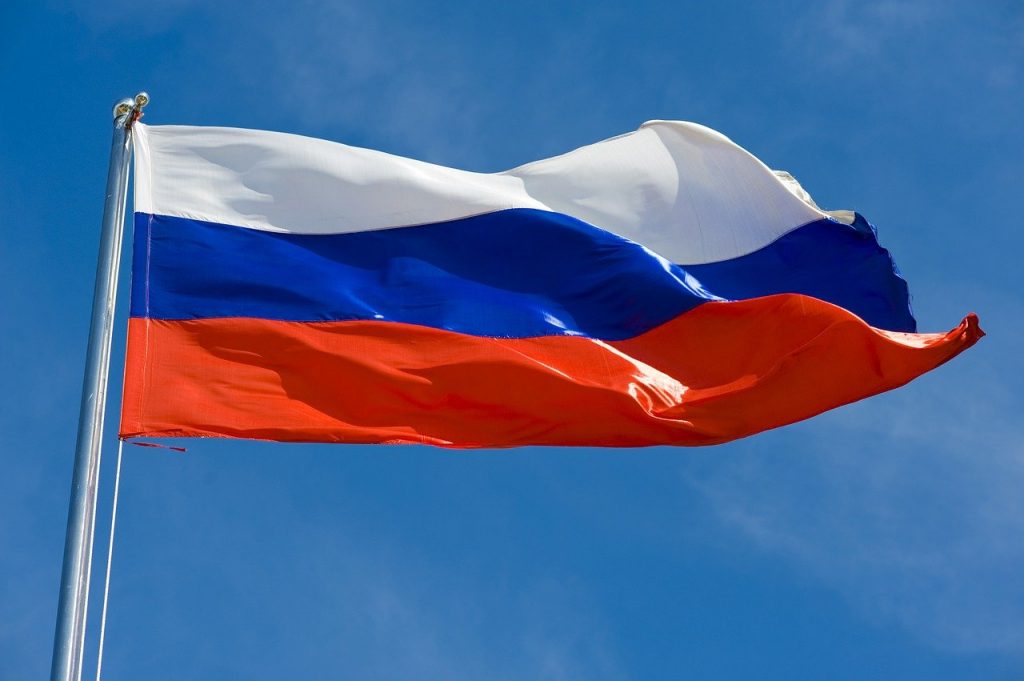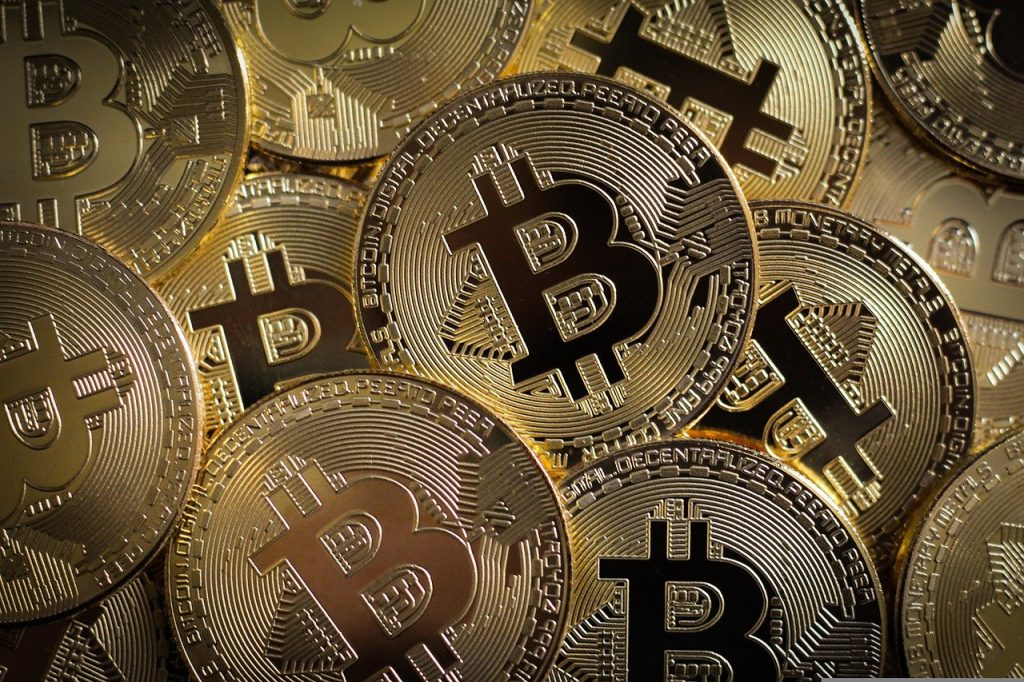Key Highlights:
- In 2023, Japan will end the prohibition against using foreign stablecoins domestically.
- The new rule would transform Japan’s crypto exchanges, which currently oversee stablecoin distribution, into distributors.
- Japan is now more accepting of cryptos, which has drawn foreign crypto exchanges to set up a shop there.
In June, Japan became one of the first significant nations to create a stablecoin legal framework. Six months later, the Financial Services Agency (FSA) is taking yet another key step to modify the current prohibition as it works to lift the ban on foreign-issued stablecoins.
Which tokens will be made available is still a mystery. Nevertheless, the USDC and USDT coins from Tether and Circle are anticipated to return. According to a report by the regional news source Nikkei, the new stablecoin rule is reportedly expected to be implemented in 2023.
What will happen after the new stablecoin regulations?
According to the new stablecoin regulations in Japan, local exchanges will be authorized to conduct stablecoin trade as long as assets are preserved through deposits and there is a maximum remittance amount. ” If payment using stablecoins spreads, international remittances may become faster and cheaper,” the report stated.
According to the FSA, further laws regarding Anti-Money Laundering (AML) measures will be necessary to permit stablecoin distribution in Japan. On Monday, the authorities began gathering comments on ideas for easing the stablecoin restriction in Japan. As was previously reported, the Japanese parliament approved a law to prohibit stablecoin issuance by non-banking institutions in June 2022.
In general, attitudes toward the use of cryptos have changed in Japan. As a result, clear standards for listing virtual tokens on crypto exchanges in the nation are visible. The laid-back attitude has encouraged foreign bitcoin exchanges to enter the country and start operating there.



